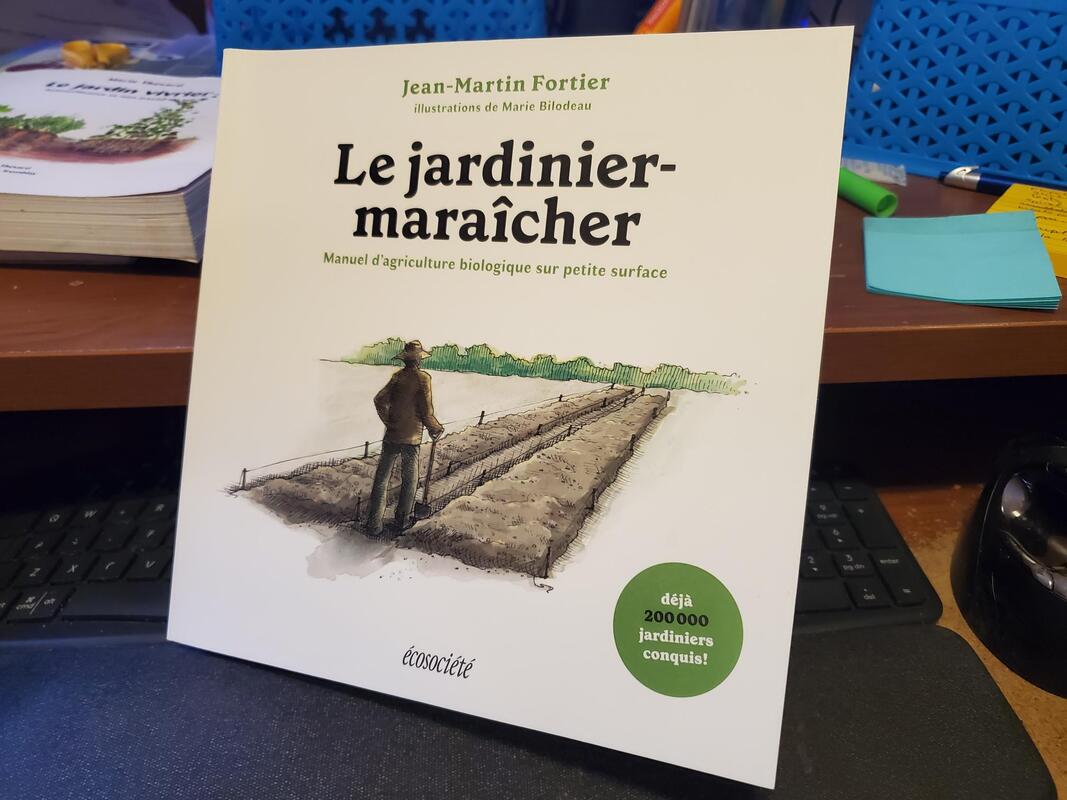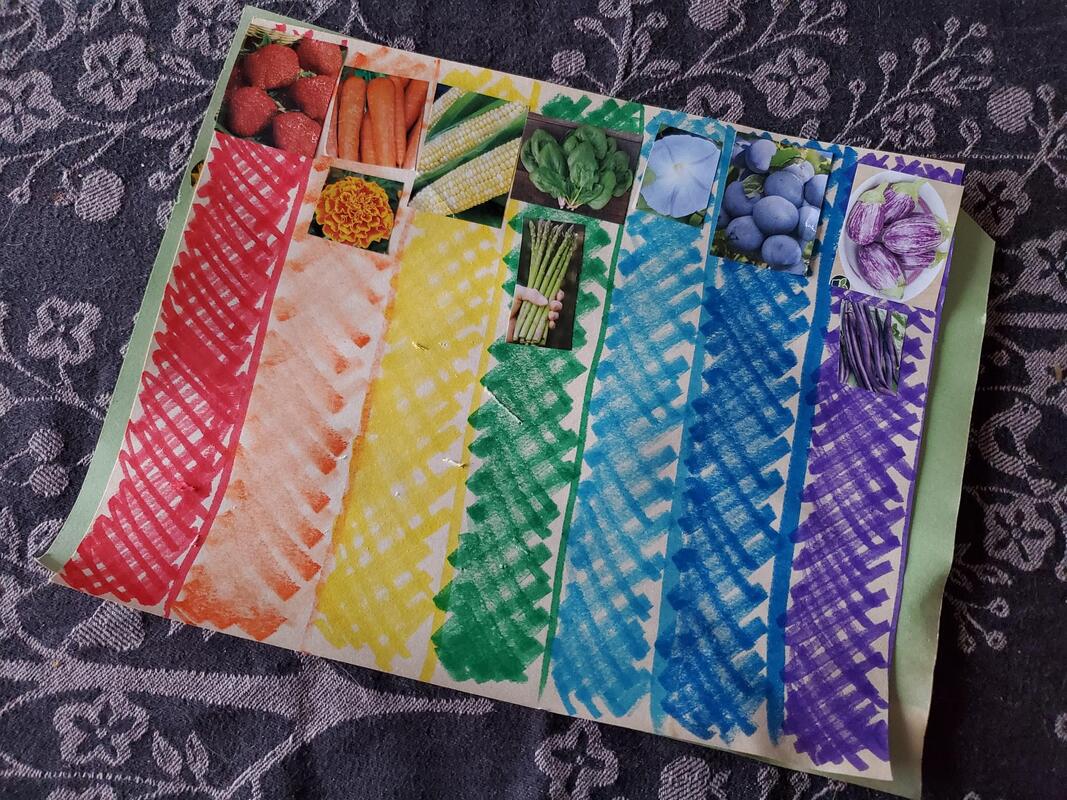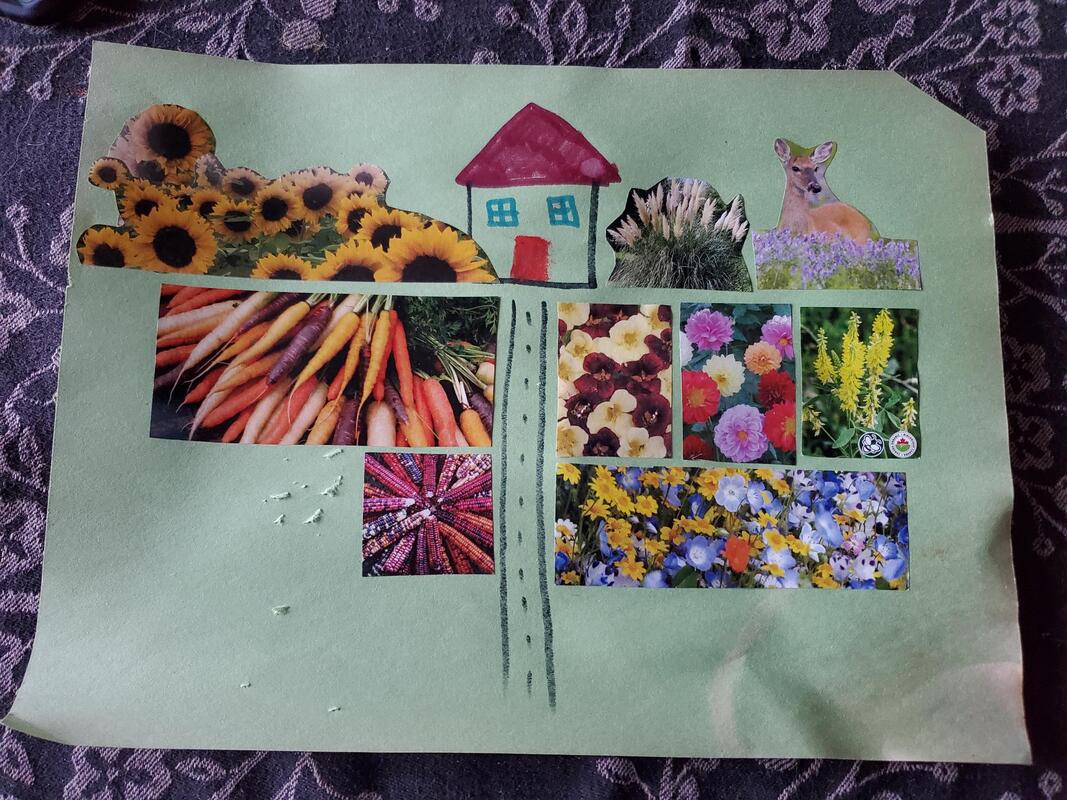|
Le jardinier-maraîcher: Manuel d’agriculture biologique sur petite surface, Jean-Martin Fortier
The market gardener : A successful grower’s handbook for small-scale organic farming, Jean-Marc Fortier This very practical handbook is based on the experience of Jean-Martin Fortier and Maude-Hélène Desroches in establishing a successful small scale organic farm serving customers mostly through a CSA basket program, in the Eastern Townships of Québec. Their approach is centered on organic methods, intense planting, and efficiency of work, enabling them to minimize how much they invest in equipment and people power. Given these goals, a lot (but not all) of their conclusions are very applicable to a homesteading garden, where minimizing work and investment are typically very important. Where the applicability breaks down is where they make decisions based on building their customer base, and also, because minimal attention is paid to planning a garden with the goal of preserving food over winter, as their business revolves around selling fresh produce. I really enjoyed the way the book is organized – it is a true handbook, with chapters on every phase of setting up and operating a large garden. The first few chapters would be useful for someone who is still dreaming about homesteading. They cover how to chose the ideal property and how to set up your site. If you already have a property, you will probably only skim them. The rest of the chapters are dedicated to one topic each, including fertilizing, indoor seedlings, direct sowing, weeding, pests, prolonging the growing season, harvesting and planning your production. Personally, I also enjoyed how throughout the book, the author shares the philosophy behind their approach. The themes of sustainability, anti-consumerism and seeking a balanced life resonated strongly with me. These themes don’t take over the book, but they do incite reflection and give an intention to the work. There are many reference charts and appendices covering things such as rotation charts, crop spacing, planting calendars, solutions to common problems, etc. There is also considerable attention given to the business side of things, which I found interesting but not very applicable to my situation, where my goal is feeding myself and my family, as opposed to growing a business. After my first reading of the book, I have a few take-aways that I am immediately putting into practice:
Those are my immediately actionable items. The book also gave me some longer-term ideas. I would like to look into simple-ish ways to extend the growing season, such as floating covers, row tunnels, and maybe a small greenhouse. I am also curious to do some more scientific soil tests and to look into a more test-based approach to fertilizing my soil. There were also some aspects to the book which were not really applicable to my situation, and I feel that they may not appeal to most homesteaders. The approach explained in the book is not a no-till approach – some light hand-operated machinery is used. It makes sense from a business perspective but on the kitchen garden scale, I prefer the simplicity, and lower investment, of a no till method. Some of the equipment, although much more affordable than typical farming machinery, is still a bit pricy if you aren’t planning to recoup your investment through sales. Similarly, the farm relies on manmade mulches, and some options are interesting, such as a cornstarch based biodegradable membrane that is incorporated in the soil in the fall. However, in my case I will stick to natural mulches such as leaves and grass cuttings, which I can get for free and which contribute to improving the quality of my clay-based soil. In conclusion, I would highly recommend this book to anyone with a large garden, especially if they are based in zones 3-5. I would rank it as my second favorite book, after “Le Jardin Vivrier” by Marie Thévard – the reason I prefer the latter is because the scenario described in the latter is more similar to my own – a self-sufficiency goal, rather than a small business goal. Together, these two books make a powerful duo for people in a homesteading situation.
0 Comments
There is something to be said for finding free snacks wherever you go. In addition to growing my own food, I also enjoy foraging. The following quote from "Landmade - Eating the wild things" also speaks to me: "In a society that encourages - even insists on - constant consumption and consumerism, foraging your own food for free can be an act of rebellion". I think that most of us have had experiences with foraging, be it as simple as eating a few wild raspberries or strawberries in the summertime. I remember my grandmother showing me where to pick raspberries behind my grandparents' cottage when I was a child. I brought a tiny bucket back and had them over vanilla ice cream with a bit of maple syrup. So sweet! I also remember visiting our current property with the previous owner, just before moving in. He gave us a tour or the forest, the marsh, the fields and pointed out the raspberry bushes and the sugar maple in the forest, and I felt so lucky to become the custodian of this land. I have found it challenging to learn foraging from books or website, however, spending a couple hours with a local forager keen to share their knowledge was an incredible learning experience. In our case, we leveled up our knowledge with a foraging walk with the kind people of Landmade, at a location about half an hour from our property. I would not hesitate to recommend their walks and workshops. After our walk with Jess, our guide, we started to notice wild foods everywhere we went - on the side of the highway, in parks, and on our property. Our eyes were opened! Here is a little gallery of some of the foods we forage on our property. These image are just meant to encourage you to get to know the land around you, and to pique your interest - please make sure you are certain of your identification before eating anything you forage. I'll always remember the first time my nephew pulled on a carrot stem, and saw a carrot come up from the earth. Amazement! He couldn't believe that he had just pulled a carrot from the ground. Ever since he could toddle around, I have loved showing him all the places where food grows, whether it's berries, edible flowers or something in the garden. He's always loved "helping" in the garden. He spent most of last summer asking me to show him "a plant he's never seen before". Luckily there are lots of options on a hobby farm with a forest, a marsh, and lots of wildflowers. To build on this interest, last summer I gave him a seed catalog to look through. Before I knew it, he was taking it to bed every night and looking at the images. He even took it camping. Once it got tattered, I asked members of the local horticultural society for old seed catalogs, and they came through in a big way. Pretty soon my nephew had new catalogs to look through, and we had lots of spares to do activities with. On a cold snowy day, we cut out pictures from catalogs and made collages. We talked about how much we were looking forward to the garden, and how he would have his own little section in the garden this year. He asked what all the different plants were and which ones we could have in our garden. I gave him scissors and a glue stick, and he did a collage of the plants he wants to have in the garden. For him that mostly meant "plants he's never seen before". Luckily I had ordered seeds for several of these based on past conversations. It was good practice for using scissors and observation skills, too. Once he was happy with his “garden” (and a little tired of cutting), we switched gears. I had drawn a rainbow and he looked for plants of all the different colors of the rainbow. I cut out his favorite ones and we pasted them on the rainbow. Of course, I had to make my own garden collage, too. I'm sure we'll find lots of other ways to use the seed catalogs.
|
About this blogThis is where I share my learnings and adventures in homesteading Archives
May 2024
Categories
All
|





 RSS Feed
RSS Feed
